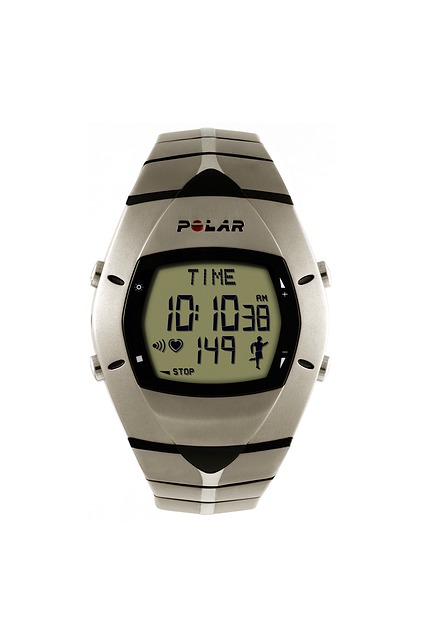Physical therapy is traditionally known as “hands-on,” because the therapists move their patients’ bodies and help them with various exercises. This “hands-on” approach improves your ability to function and expedites your recovery from injury or an operation. Times are changing though, and technology is changing with it; making it possible for physical therapists to better assist their patients throughout their healing process.
Some of the top technological advances in physical therapy include:
1) Cell phone apps – Since most everyone has a cell phone these days, apps are readily available, and most of them are free! For those of you who are not techy, there are simple apps which include exercises and pictures. On the other hand, if you’re tech savvy, then you may want to download an app that not only has the exercises and images, but that shows the muscle groups and skeletal structure as well. Many apps also include printable instructions with images, videos, capabilities to track your progress, as well as different methods of keeping you connected with your physical therapist in case you have questions while you practice your exercises at home. Apps are an excellent tool that physical therapists use to keep their patients accountable.
2) Video games – Nintendo’s Wii is a super interactive tool that physical therapists use to keep their patients moving and have continued progress as they recover. The Wii controls fit comfortably in your hand and have motion sensors in them that interact with the game on the screen. It also provides real-time feedback letting the player know if they hit the target or not. This allows you to perfect your aim and it naturally improves your eye-hand coordination. Patients who use Wii as part of your home exercise program find it not only challenging, but it’s also fun. When patients like exercising, they are more likely to stick with it.
3) Computer Assisted Rehabilitation Environment (CAREN) – CAREN is an incredible virtual reality program that helps patients with numerous concentrations at the same time. Therefore, maximizing your recovery. Patients are strapped into a harness that supports their body as they stand on top of a treadmill that measures your gate through sensors. This program has 12 cameras to monitor, calculate, and record your motions as you respond to the images on the enormous screen in front of you. The cameras also allow the physical therapist to see which muscles you’re using and if you’re using them correctly. CAREN is another piece of state of the art technology that provides real-time feedback to both you and your therapist which gives you a more specialized program to help you in your exercises and treatment.
4) The Ekso Suit – Another technological advancement that helps physical therapy industry is the Ekso Suit. This device is especially useful for patients who have suffered any kind of paralysis, whether temporary or permanent. The Ekso suit essentially is an exoskeleton “bodysuit” complete with braces that attach to your feet. You wear it using an adjustable waistband. Since the Ekso Suit primarily works the lower body, it has shown great success with patients who have had a stroke or are diagnosed with MS. The suit will help you build muscles to get in and out of your wheelchair, as well as help you walk to prevent atrophy. In the beginning, your physical therapist will set your gait and speed until you can balance yourself and become acquainted with walking in this unique piece of armor. Once you are comfortable using the Ekso Suit, your physical therapist will program the device to take steps based on your balance and shifting your weight as you take a step. What a great way for you to work your muscles and keep them in motion.
5) The Kinect Camera – Kinect is a camera that patients use on their PC via the Reflexion Health’s Rehabilitation Program. This program is based on previous gaming technology and allows therapists to telecommute and see you perform your exercises at home. (It’s along the lines of Skype). This program includes prescribed videos, tutorials, exercises, and coaching. This program also provides real-time feedback for you and the therapist. Therapists also like this technology because it keeps their patients accountable and on task.
As you can see, there are many different technological advances in the field of physical therapy. These devices and programs are very expensive which is why they are not readily available in all states. However, more progress is being made, and they are more in demand than ever before. Patients success rates with these devices are astounding. People are recovering quicker making it easier for them to return to their active lifestyle.


